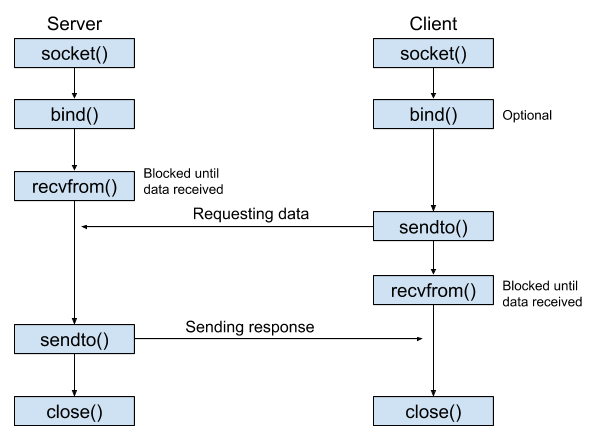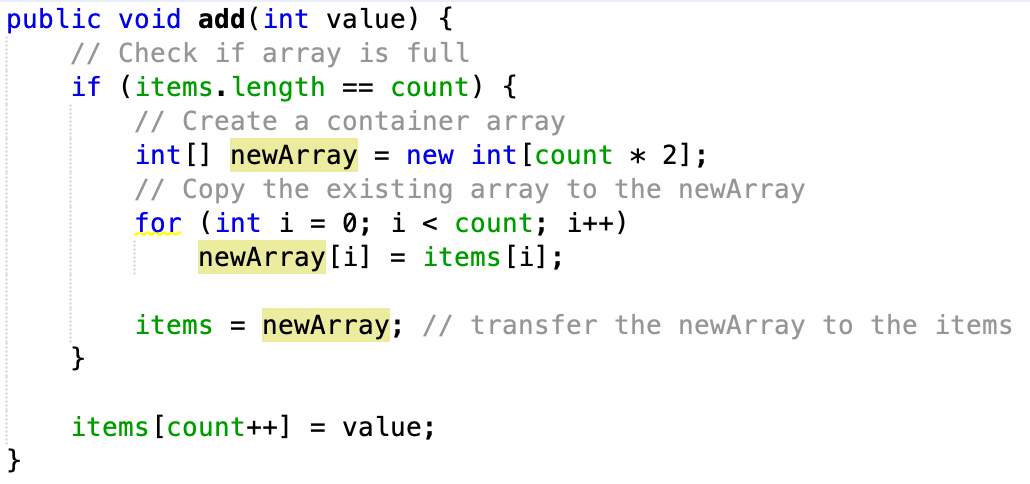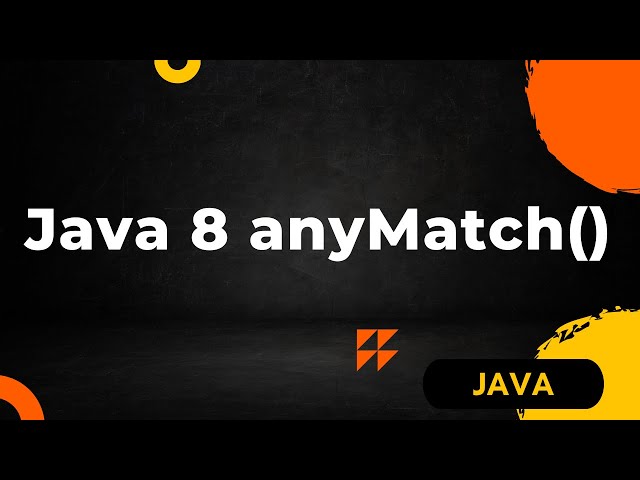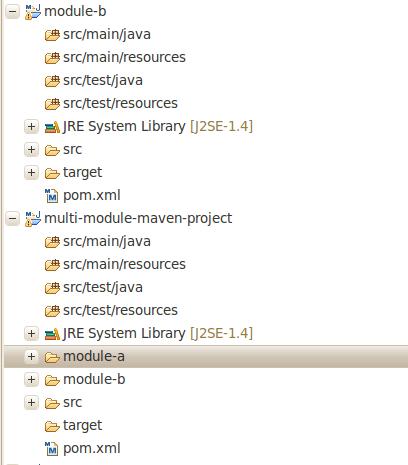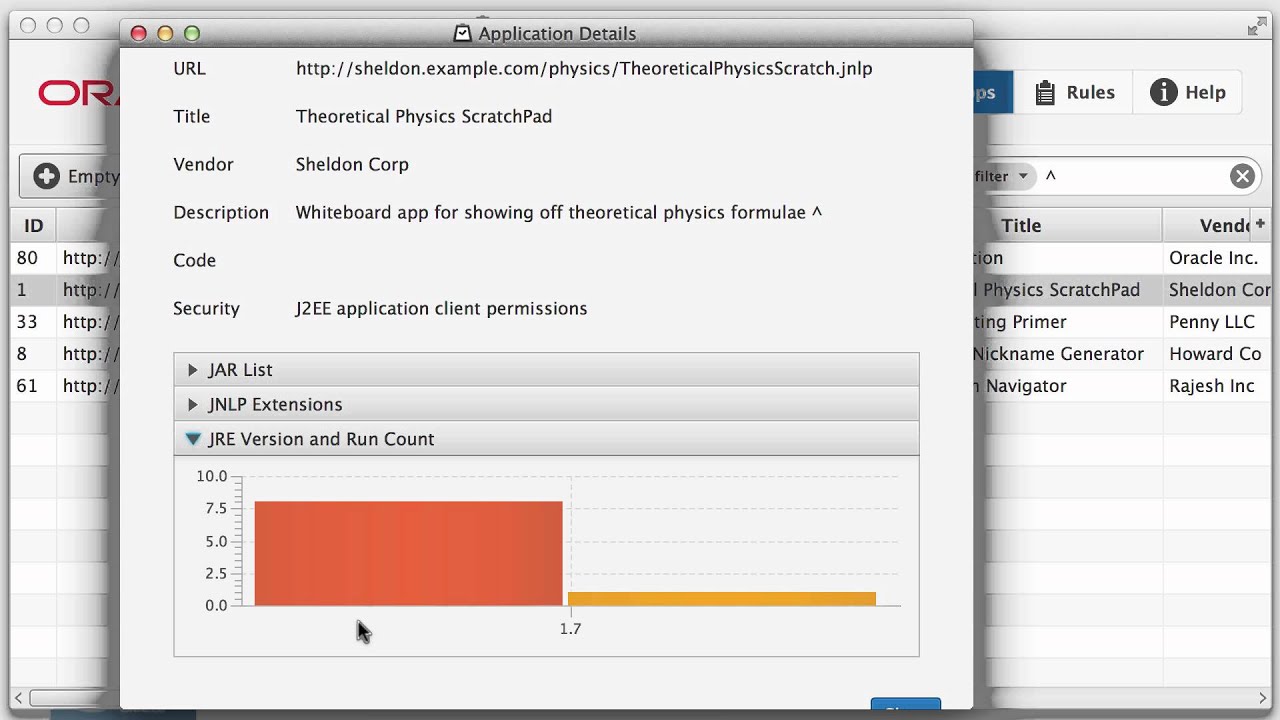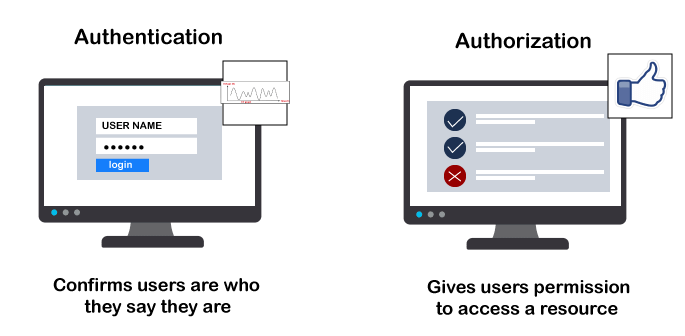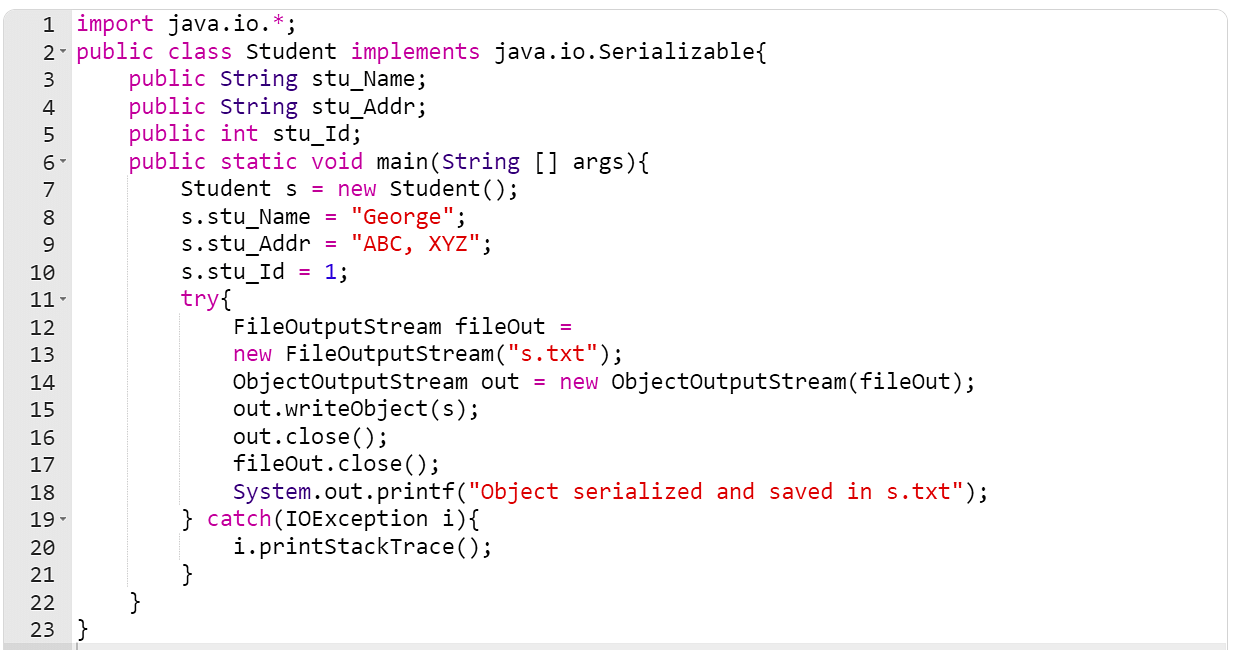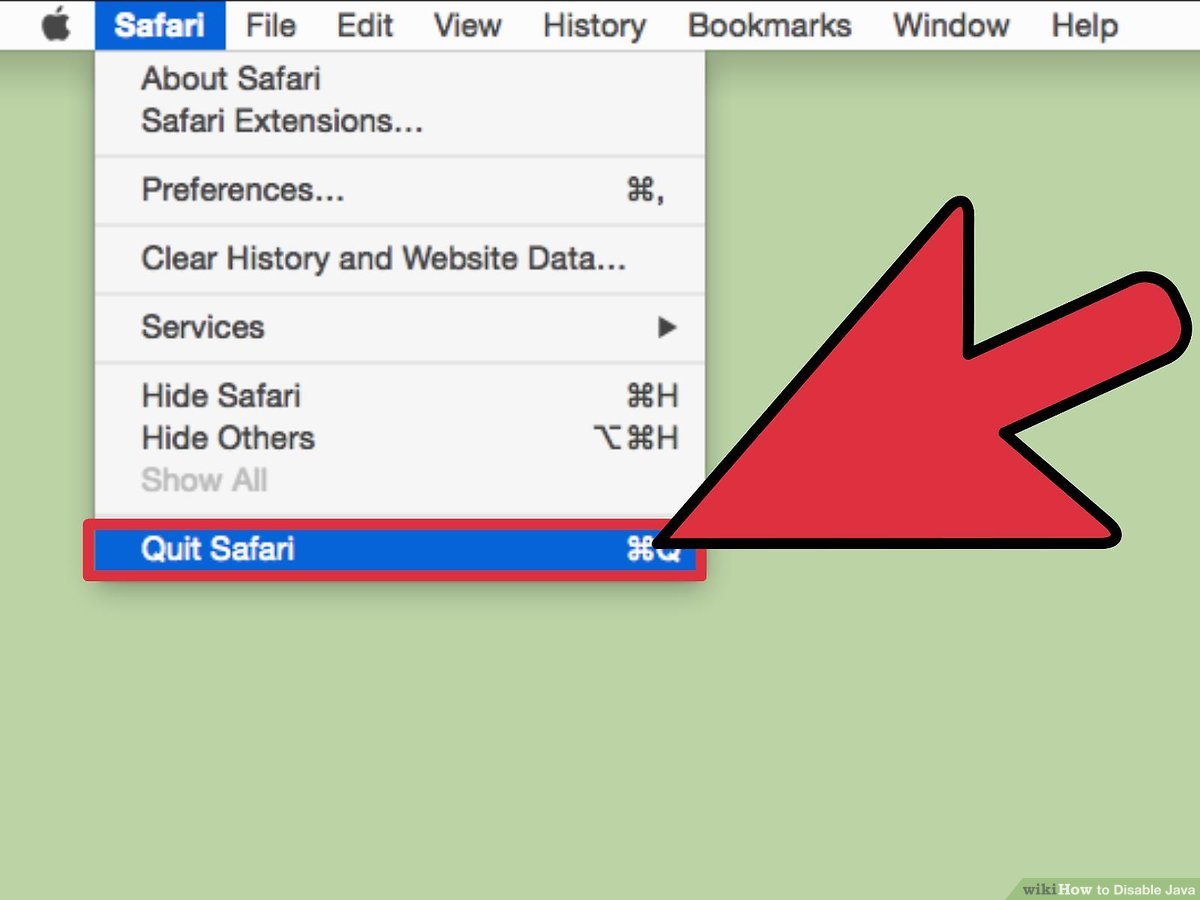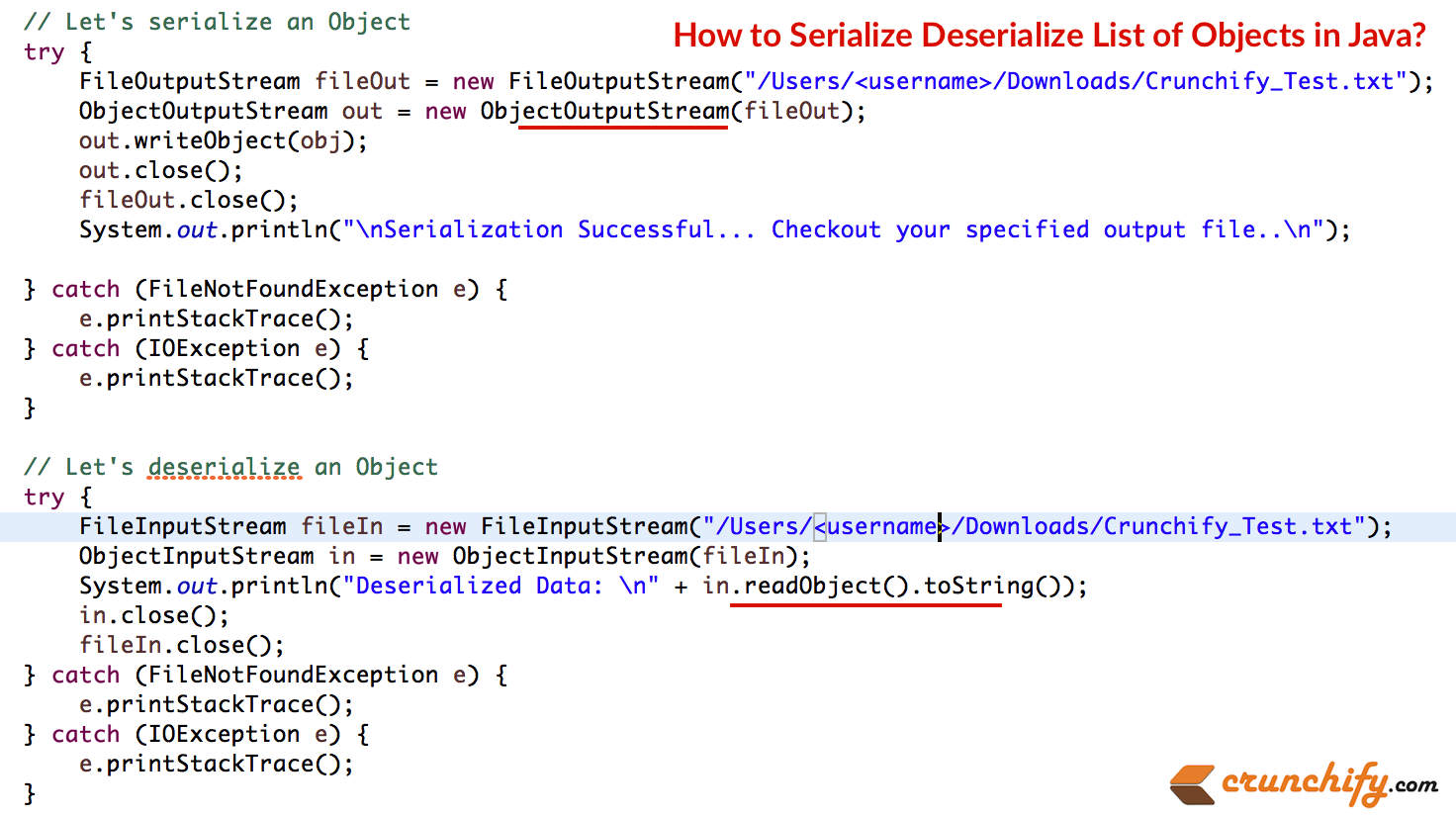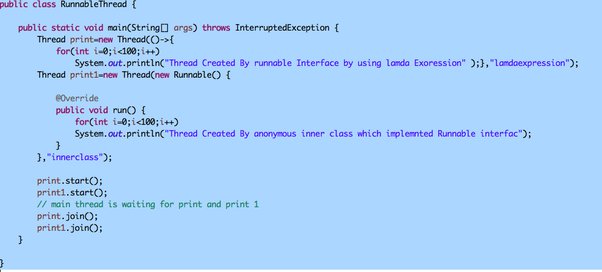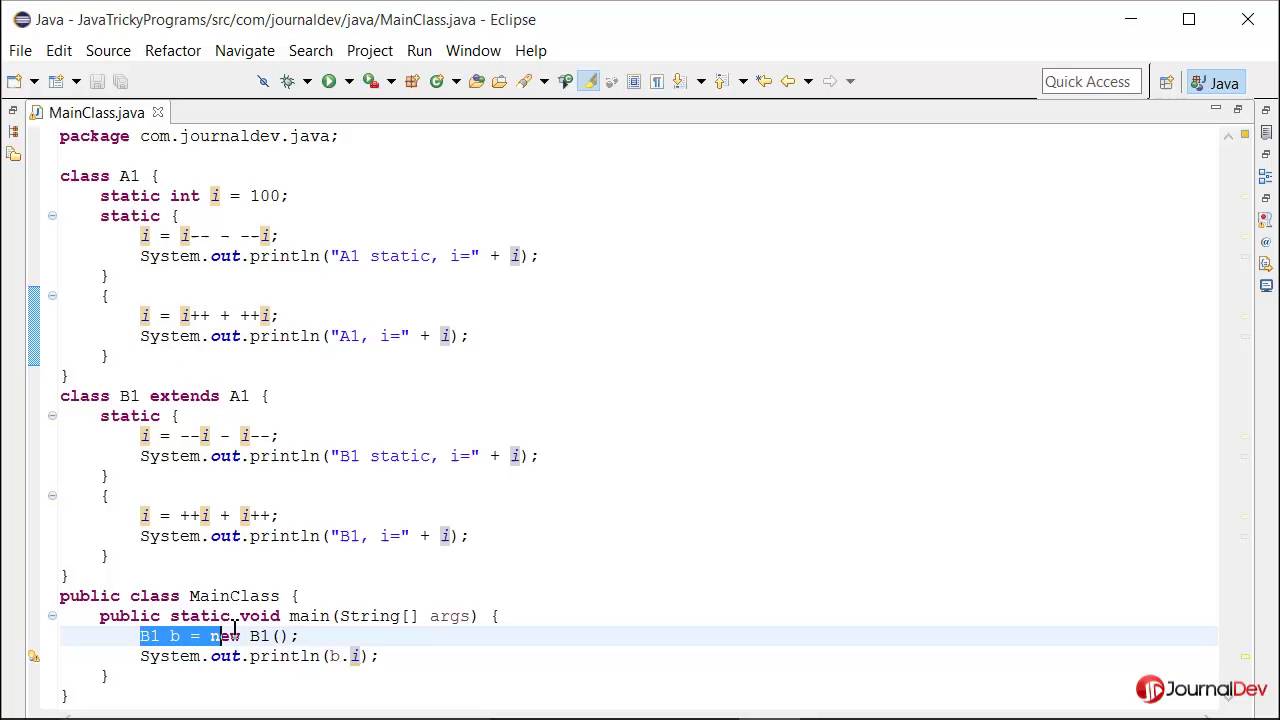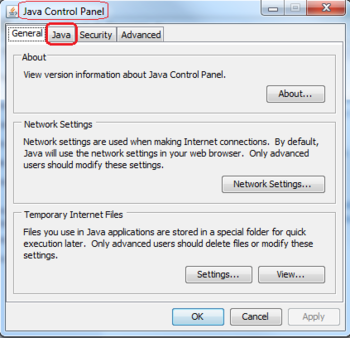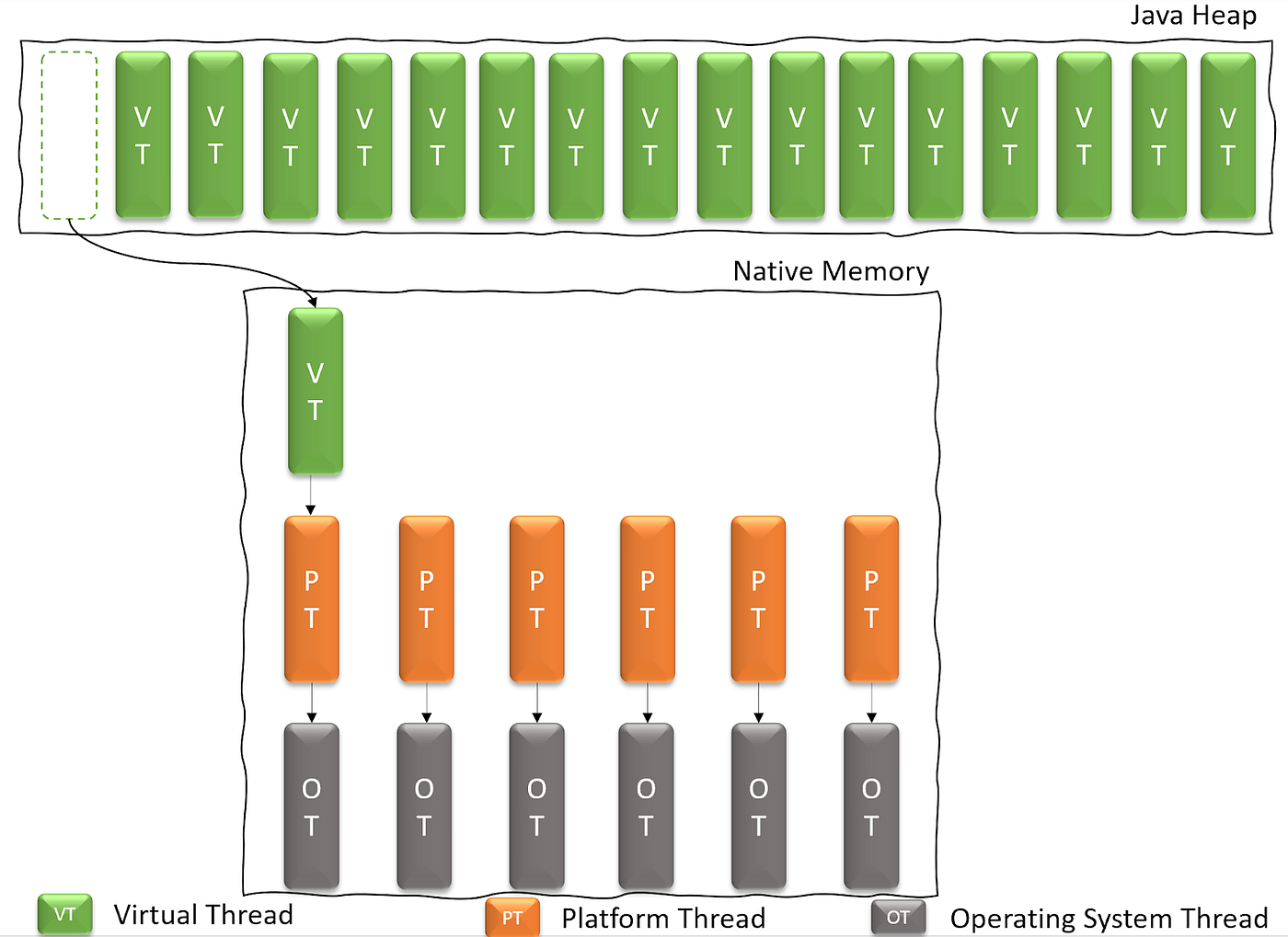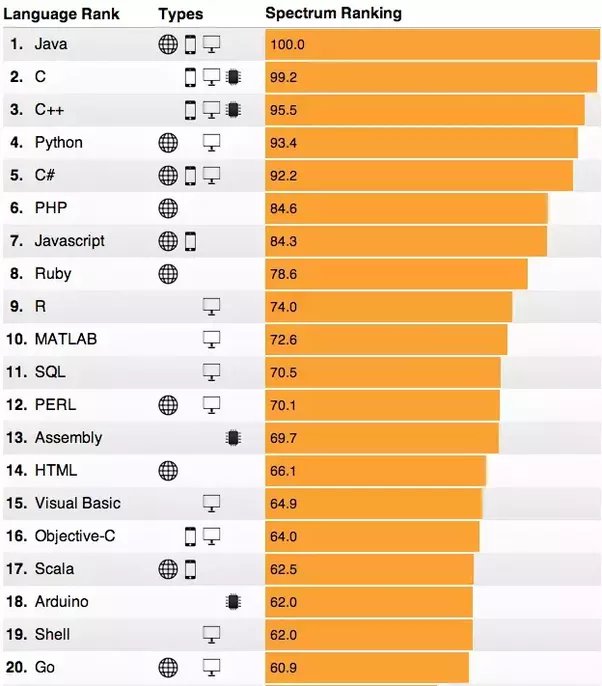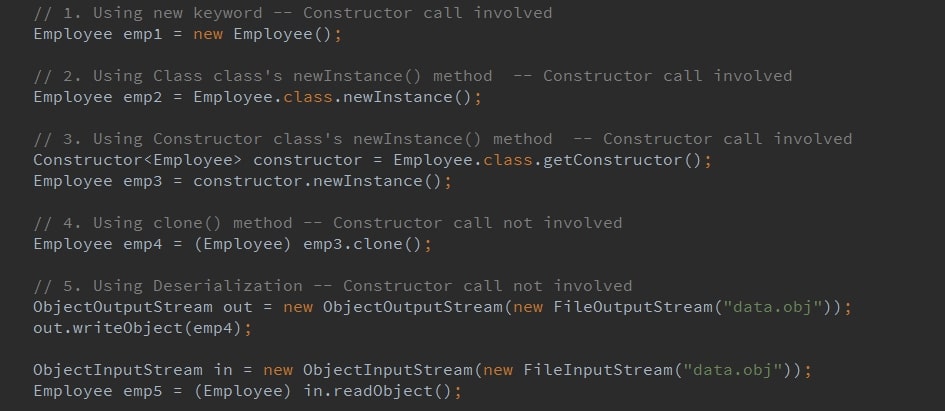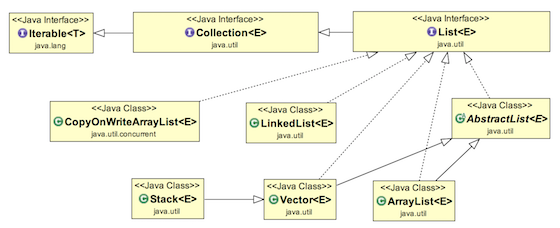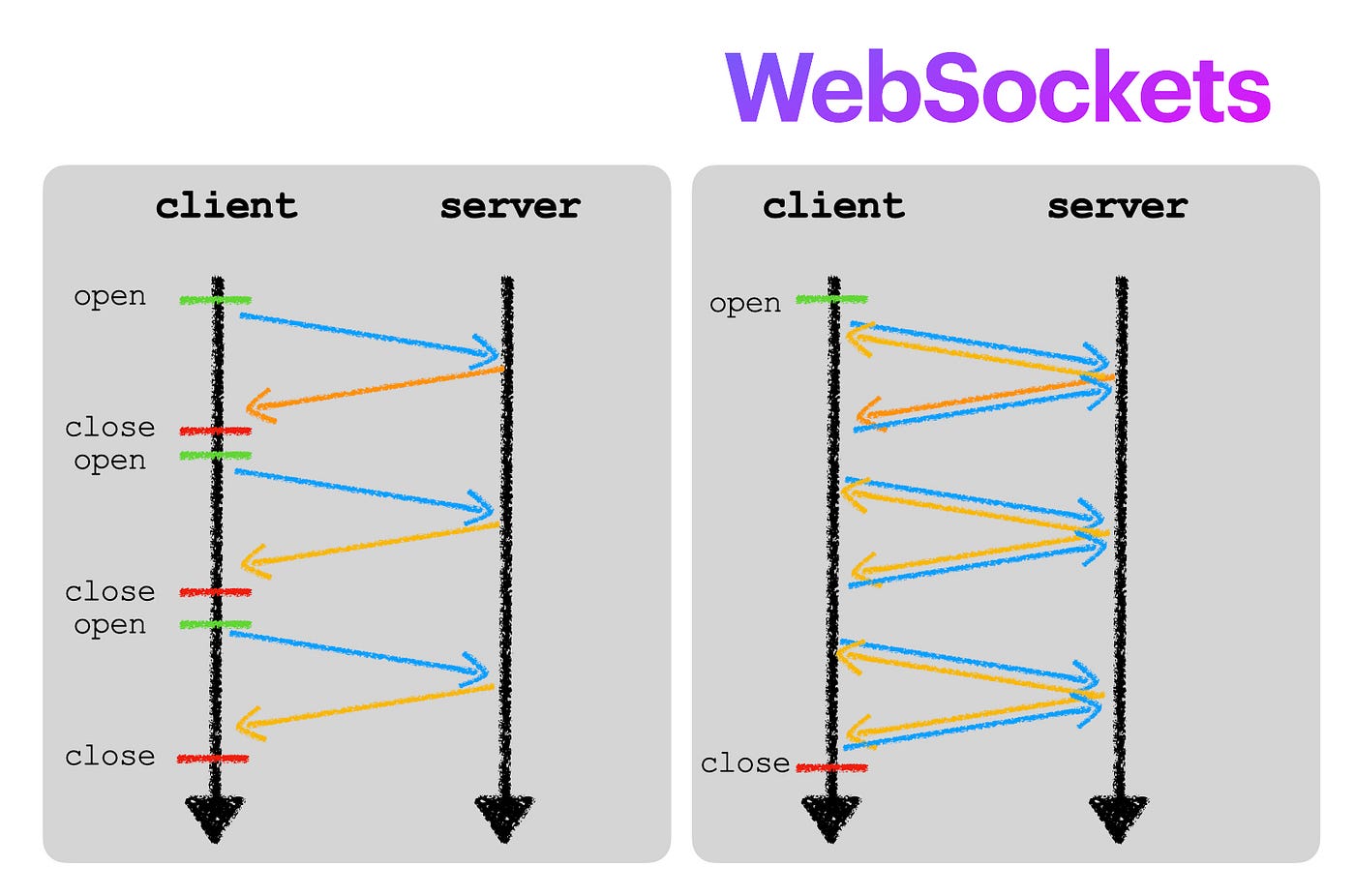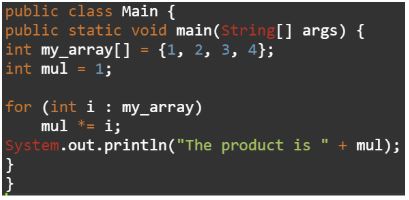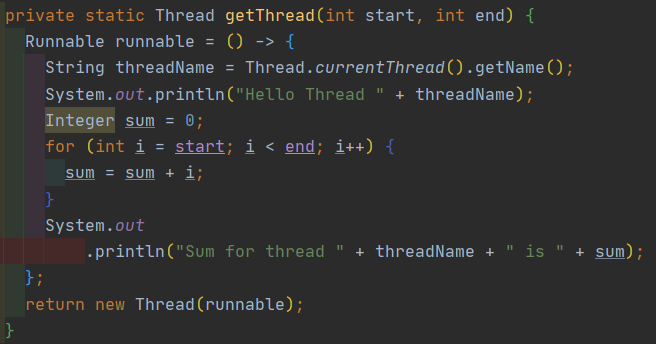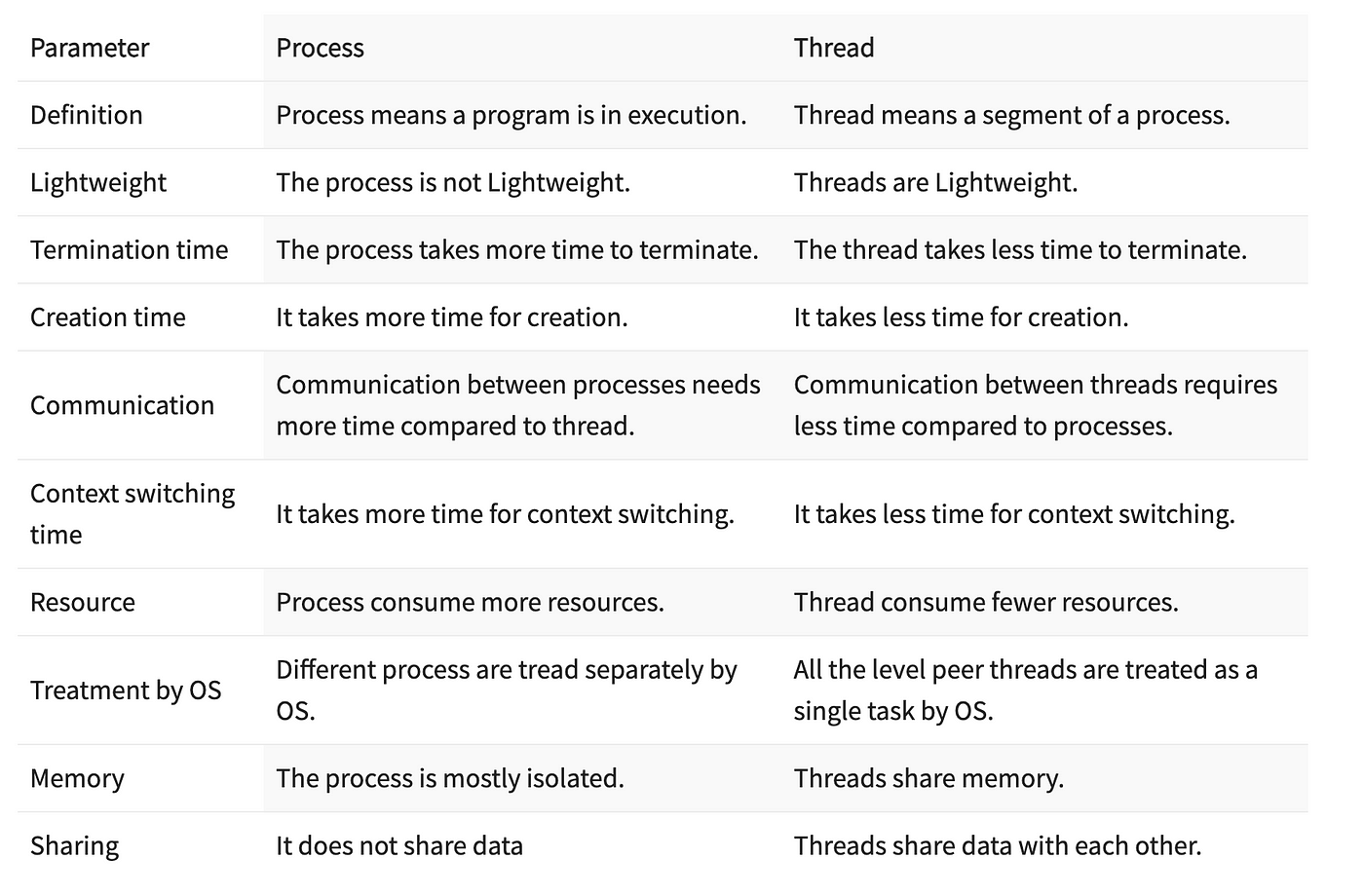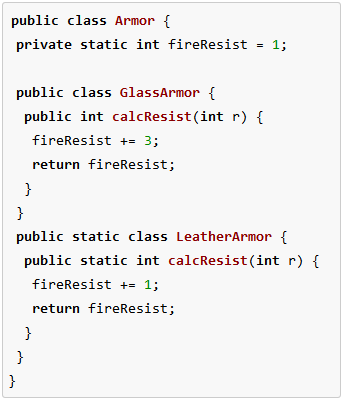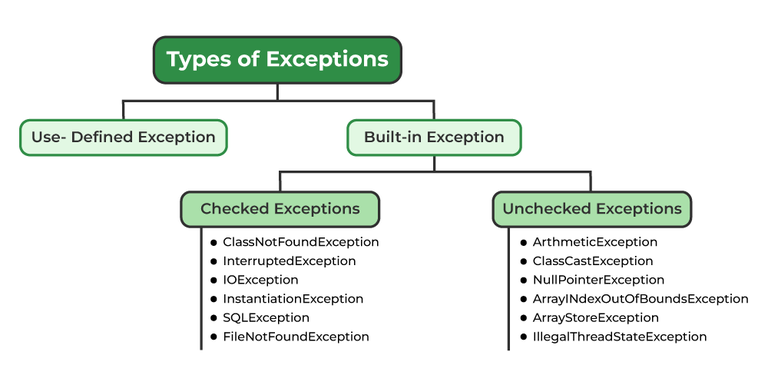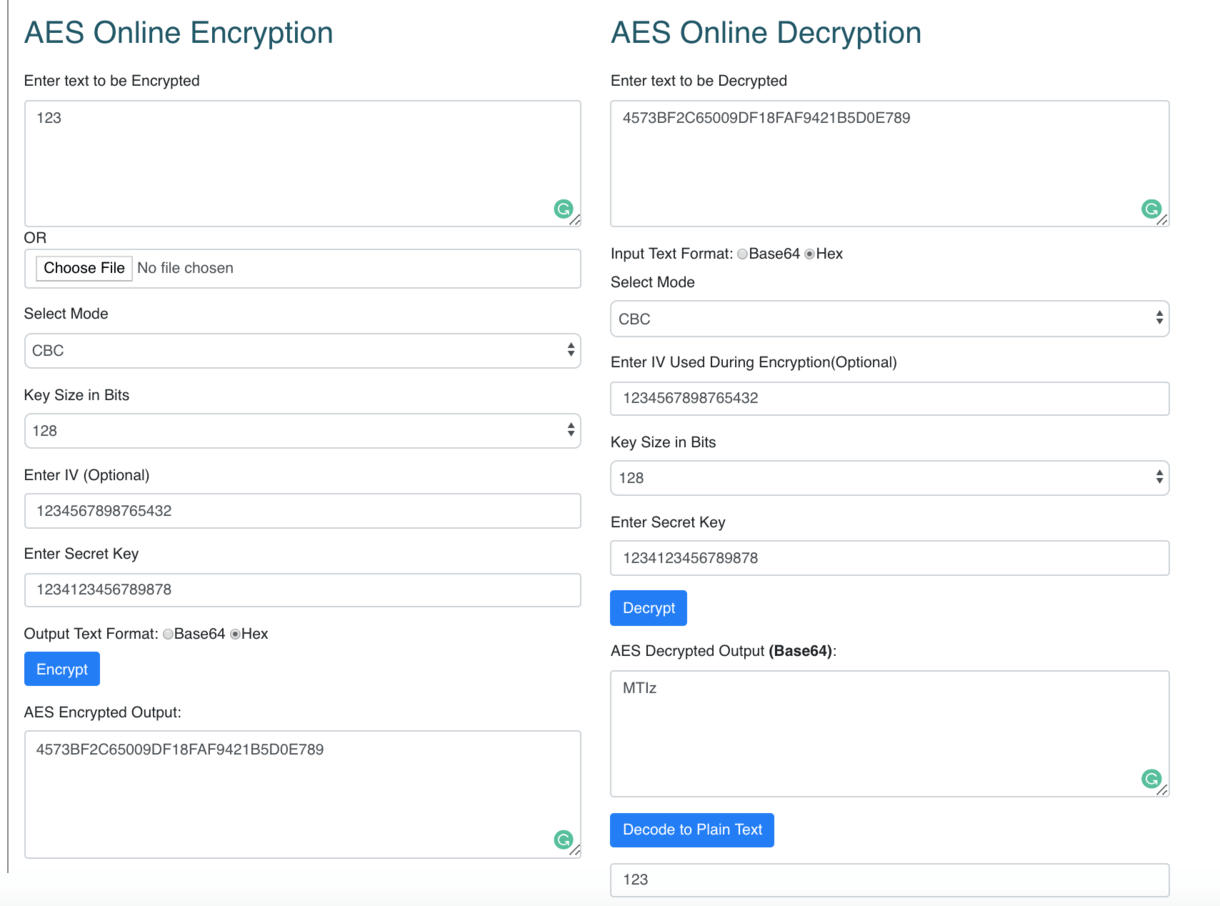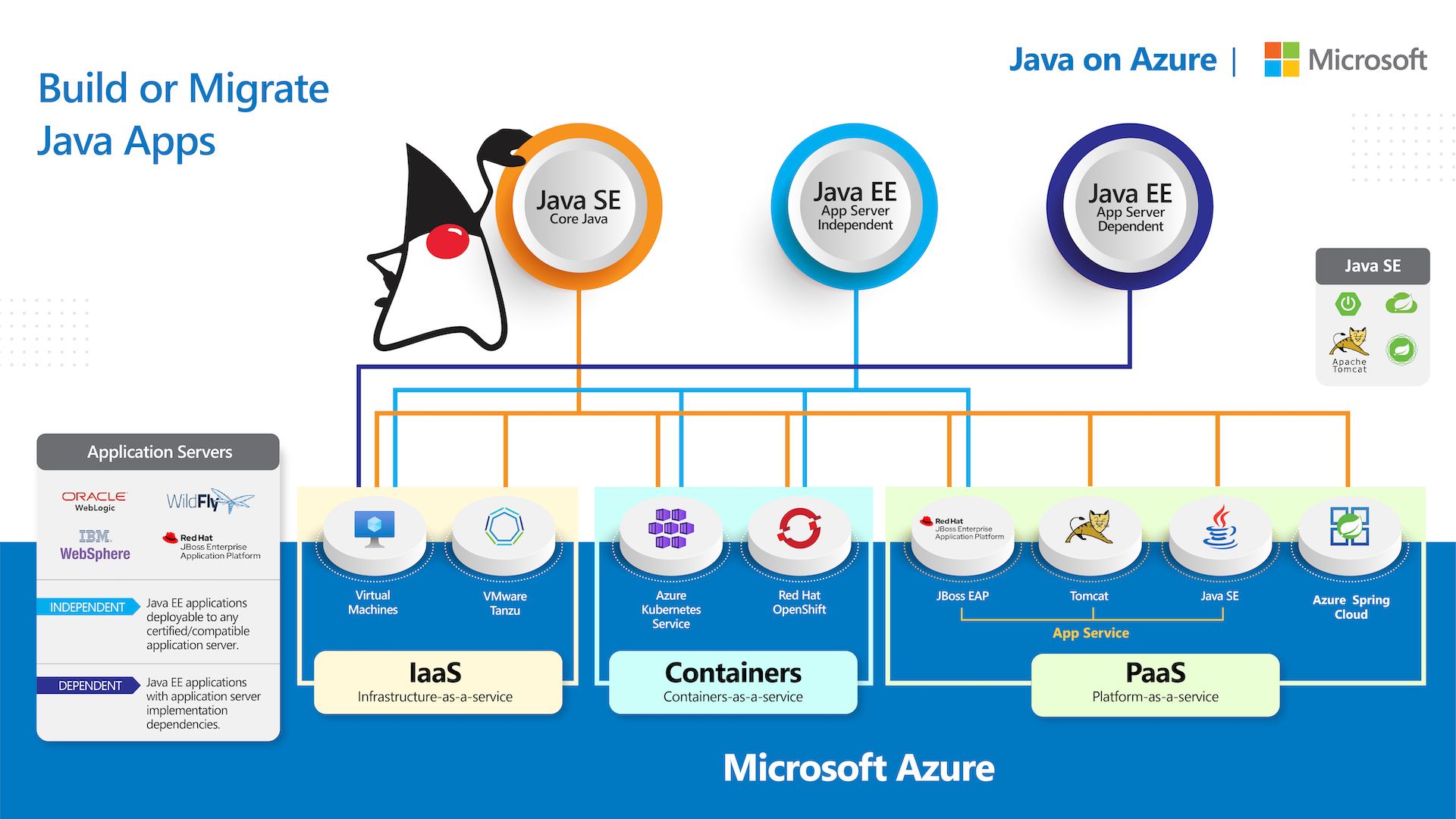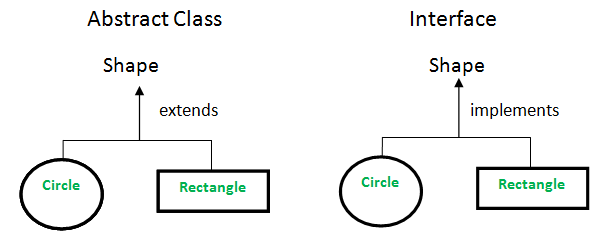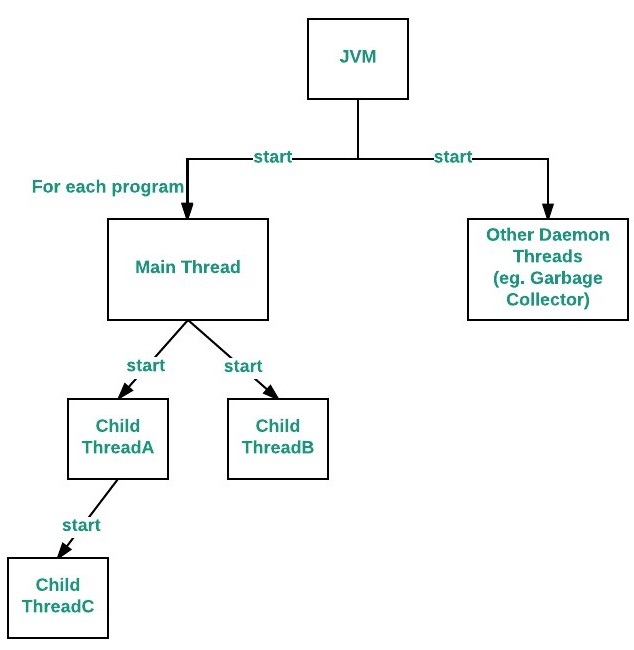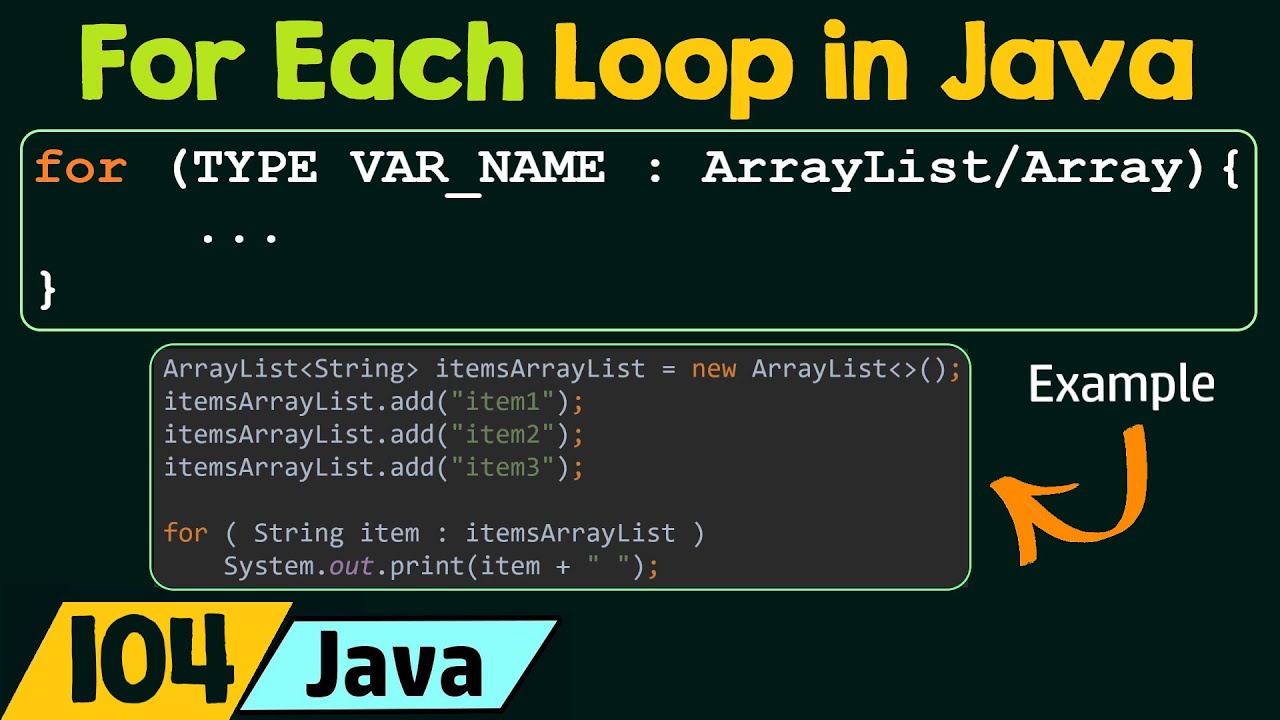Java udp example
Java udp example
I apologize for the previous misunderstanding!
Here's an example of using UDP (User Datagram Protocol) in Java:
import java.io.IOException;import java.net.DatagramPacket;
import java.net.DatagramSocket;
import java.net.InetAddress;
public class UdpExample {
public static void main(String[] args) throws IOException {
// Create a UDP socket and bind it to port 12345
DatagramSocket datagramSocket = new DatagramSocket(12345);
// Create a message to send
String message = "Hello, world!";
byte[] buffer = message.getBytes();
// Create a UDP packet with the message
InetAddress address = InetAddress.getByName("localhost");
int port = 54321;
DatagramPacket datagramPacket = new DatagramPacket(buffer, buffer.length, address, port);
// Send the packet
datagramSocket.send(datagramPacket);
// Close the socket
datagramSocket.close();
}
}
This example creates a UDP socket and binds it to port 12345. It then sends a message ("Hello, world!") to the localhost at port 54321.
Here's how you can modify this code to create a simple chat server using UDP:
import java.io.IOException;import java.net.DatagramPacket;
import java.net.DatagramSocket;
import java.net.InetAddress;
import java.util.HashMap;
import java.util.Map;
public class UdpChatServer {
private Map<String, DatagramSocket> clientSockets = new HashMap<>();
private int port;
public UdpChatServer(int port) {
this.port = port;
}
public void start() throws IOException {
// Create a UDP socket and bind it to the specified port
DatagramSocket datagramSocket = new DatagramSocket(port);
System.out.println("Udp chat server started. Listening on port " + port + ".");
while (true) {
// Wait for an incoming packet
byte[] buffer = new byte[256];
DatagramPacket datagramPacket = new DatagramPacket(buffer, buffer.length);
datagramSocket.receive(datagramPacket);
String message = new String(buffer).trim();
System.out.println("Received from " + datagramPacket.getAddress() + ": " + message);
// Send the same message back to the client
byte[] responseBuffer = message.getBytes();
DatagramPacket responseDatagramPacket = new DatagramPacket(responseBuffer, responseBuffer.length, datagramPacket.getAddress(), datagramPacket.getPort());
datagramSocket.send(responseDatagramPacket);
}
}
public static void main(String[] args) throws IOException {
UdpChatServer server = new UdpChatServer(12345);
server.start();
}
}
This example creates a UDP chat server that listens for incoming packets on port 12345. When it receives a packet, it sends the same message back to the client.
Here's how you can modify this code to create a simple chat client using UDP:
import java.io.IOException;import java.net.DatagramPacket;
import java.net.DatagramSocket;
import java.net.InetAddress;
public class UdpChatClient {
private int port;
public UdpChatClient(int port) {
this.port = port;
}
public void start() throws IOException {
// Create a UDP socket and connect it to the chat server
DatagramSocket datagramSocket = new DatagramSocket();
System.out.println("Udp chat client started. Connected to port " + port + ".");
while (true) {
// Wait for user input
String message = System.console().readLine("Enter a message: ");
byte[] buffer = message.getBytes();
InetAddress address = InetAddress.getByName("localhost");
int port = 12345;
DatagramPacket datagramPacket = new DatagramPacket(buffer, buffer.length, address, port);
datagramSocket.send(datagramPacket);
// Receive the response from the chat server
byte[] responseBuffer = new byte[256];
DatagramPacket responseDatagramPacket = new DatagramPacket(responseBuffer, responseBuffer.length);
datagramSocket.receive(responseDatagramPacket);
String responseMessage = new String(responseBuffer).trim();
System.out.println("Received from server: " + responseMessage);
}
}
public static void main(String[] args) throws IOException {
UdpChatClient client = new UdpChatClient(12345);
client.start();
}
}
This example creates a UDP chat client that connects to the chat server and sends messages back and forth with the server.
Please note that this is a simple example of using UDP in Java. In a real-world scenario, you would likely want to use threading or asynchronous programming to handle multiple clients simultaneously.
How to send an UDP request in Java?
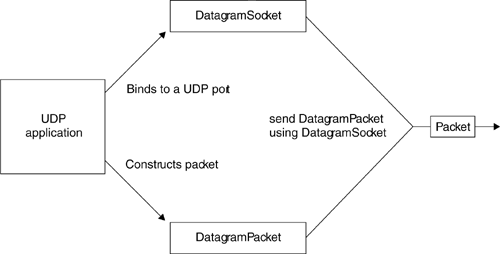
Sending an UDP (User Datagram Protocol) request in Java can be achieved using the DatagramSocket class. Here's a step-by-step guide on how to do it:
DatagramSocket by calling the constructor and specifying the protocol family (in this case, IPv4 or IPv6). For example:
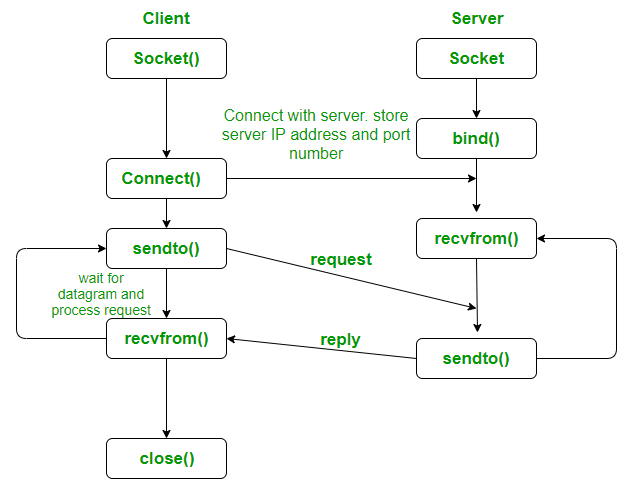
Set the destination address: Specify the IP address and port number of the destination server that you want to send the UDP request to. You can use theDatagramSocket dsocket = new DatagramSocket();
InetAddress class to create an object representing the destination IP address.
For example:
InetAddress destAddress = InetAddress.getByName("example.com");
int destPort = 8080;
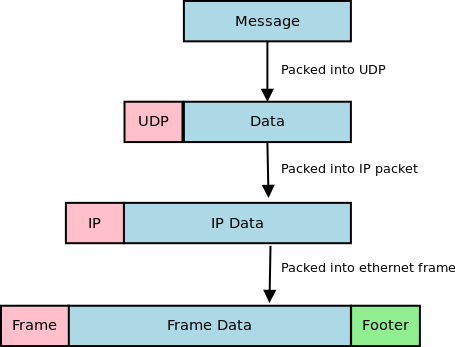
DatagramPacket encapsulates the data you want to send, along with metadata like the source and destination addresses. You can create a DatgramPacket by calling its constructor.
For example:
Set the packet's source address: Specify your own IP address as the source of the UDP request. You can use thebyte[] buff = "Hello, UDP!".getBytes();DatagramPacket dp = new DatagramPacket(buff, buff.length);
InetAddress class to create an object representing your IP address.
For example:
Send the packet: Use theInetAddress srcAddress = InetAddress.getByName("your-ip-address");dp.setSource(srcAddress);
send method to send the UDP request to the destination server. This method returns the number of bytes actually sent, which might be less than the total length of the buffer if there is an error sending the datagram.
For example:
Close the socket: When you're finished with thedsocket.send(dp);
DatagramSocket, make sure to close it to free up system resources.
For example:
dsocket.close();
Here's a complete code snippet that demonstrates how to send an UDP request in Java:
import java.io.IOException;import java.net.DatagramPacket;
import java.net.DatagramSocket;
import java.net.InetAddress;
import java.util.Arrays;
public class UDPClient {
public static void main(String[] args) throws IOException {
// Create a DatagramSocket object
DatagramSocket dsocket = new DatagramSocket();
// Set the destination address
InetAddress destAddress = InetAddress.getByName("example.com");
int destPort = 8080;
// Create a byte buffer to store the UDP request data
byte[] buff = "Hello, UDP!".getBytes();
// Create a DatagramPacket encapsulating the data and metadata
DatagramPacket dp = new DatagramPacket(buff, buff.length);
dp.setSource(InetAddress.getByName("your-ip-address"));
dp.setDestination(destAddress, destPort);
// Send the packet to the destination server
dsocket.send(dp);
// Close the socket when you're done
dsocket.close();
}
}
By following these steps and using the DatagramSocket class, you can successfully send an UDP request from your Java program.
